Table of Contents
Introduction
Spice ingredients are dried plant parts used to enhance food with flavor, aroma, and color. Unlike herbs (from leaves), spices come from seeds, bark, roots, flowers, or fruits. They have been used for centuries in cooking, medicine, and preservation. This guide provides science-backed insights on selecting, storing, and using spice ingredients effectively to transform your meals.
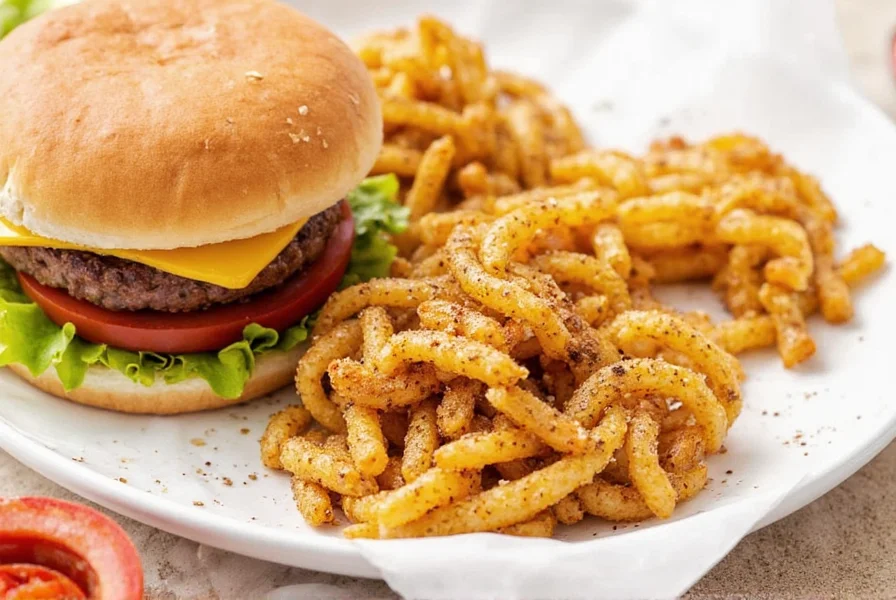
What Are Spice Ingredients?
Spice ingredients are derived from specific plant components: seeds (cumin), bark (cinnamon), roots (ginger), flowers (saffron), and fruits (allspice). They differ from herbs in origin and usage. While herbs provide fresh, green notes, spices deliver concentrated, complex flavors that withstand heat during cooking. Their historical use spans from ancient Egyptian embalming to medieval European trade routes.
Key examples include:
- Cumin (seeds): Earthy, nutty flavor for Mexican and Indian dishes
- Cinnamon (bark): Sweet warmth for baking and beverages
- Ginger (root): Zesty kick for stir-fries and teas
- Paprika (dried peppers): Smoky depth for Spanish chorizo
- Saffron (stigma): Distinctive floral aroma for paella
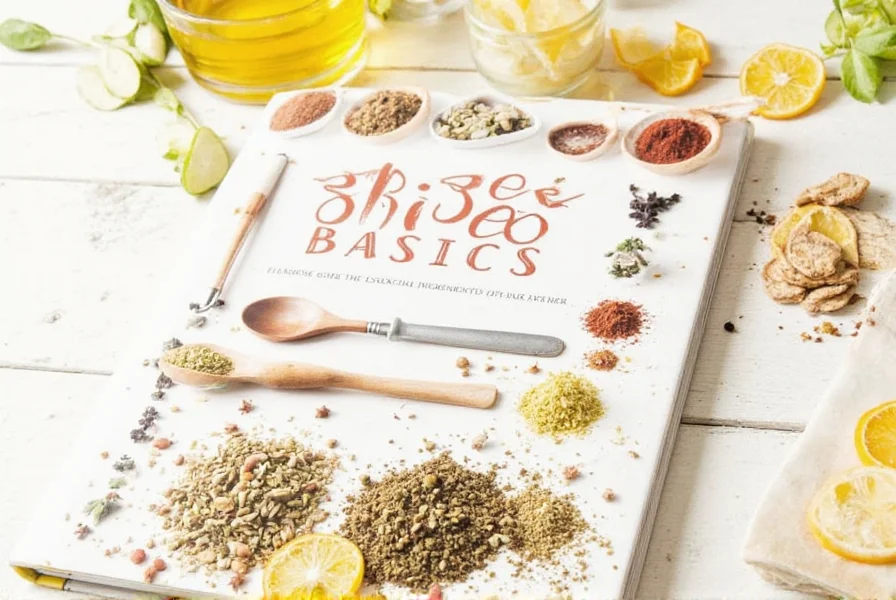
Spice Basics: Understanding Flavor Building Blocks
Spice ingredients function as flavor architects. Here's how they transform dishes:
Heat & Heat Sources
Chili powder, cayenne, and jalapeño provide controlled heat. In Mexican cuisine, chili powder creates complex heat in tacos, while in Thai cooking, cayenne balances sweet and sour notes in curries. The Scoville scale measures this heat intensity objectively.
Aroma & Scent
Cinnamon, cardamom, and star anise release volatile compounds that stimulate olfactory receptors. Cinnamon's warm aroma enhances baked goods, while cardamom's citrusy notes define Indian chai and Middle Eastern desserts. Proper toasting releases these aromatic oils.
Flavor Enhancers
Garlic powder, onion powder, and paprika amplify existing flavors without dominating. Garlic powder intensifies savory notes in sauces, while smoked paprika adds depth to grilled vegetables. These work synergistically with salt to create umami.
Color & Presentation
Turmeric (bright yellow), saffron (golden), and paprika (red) visually elevate dishes. Turmeric's vibrant hue in Indian rice dishes comes from curcumin, while saffron's rich color in paella is due to crocin compounds. These pigments also contribute health benefits.
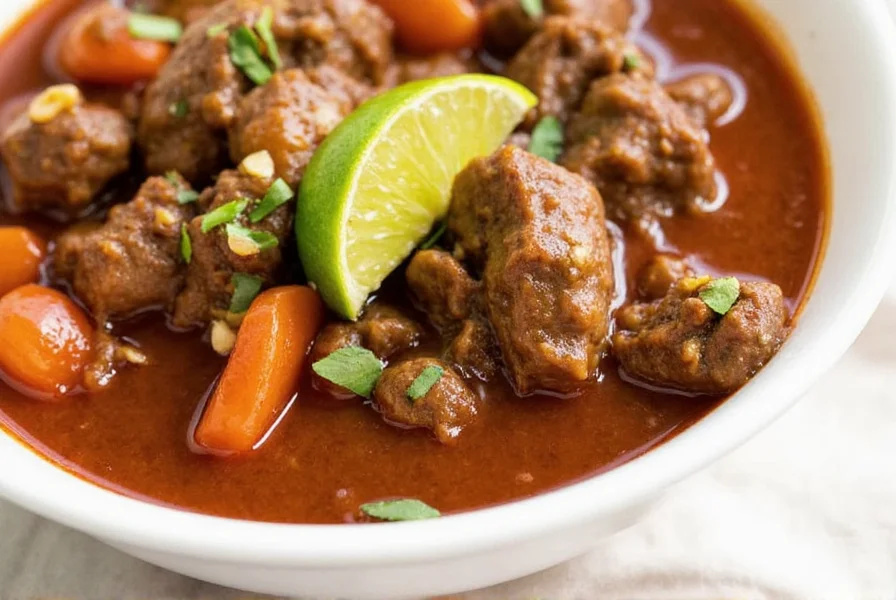
Top 10 Must-Have Spice Ingredients for Every Kitchen
Based on culinary versatility and flavor impact, these spices form the foundation of global cuisines:
- Cumin: Earthy, nutty notes. Essential for Mexican tacos, Indian curries, and roasted vegetables. Contains cuminaldehyde for digestive benefits.
- Coriander: Citrusy, floral profile. Key in Indian dals, Middle Eastern falafel, and Moroccan tagines. Rich in antioxidants.
- Garlic Powder: Concentrated savory depth. Perfect for rubs, sauces, and dips. More stable than fresh garlic for long cooking.
- Oregano: Earthy, slightly bitter. Ideal for Italian pasta sauces, Greek salads, and pizza. Contains thymol for antimicrobial properties.
- Paprika: Sweet or smoky versatility. Used in Hungarian goulash, Spanish chorizo, and as a color enhancer. Rich in vitamin A.
- Cinnamon: Warm sweetness. Essential for baked goods, coffee, and spiced beverages. Ceylon cinnamon is preferred for lower coumarin levels.
- Black Pepper: Universal pungency. The most widely used spice globally. Contains piperine to boost nutrient absorption.
- Cayenne Pepper: Fiery intensity. Use sparingly in chili, hot sauces, and spice blends. Capsaicin provides metabolic benefits.
- Chili Powder: Complex blend of chilies, cumin, and oregano. The backbone of Mexican fajitas and American chili. Check labels for pure ingredients.
- Ground Ginger: Zesty warmth. Perfect for baking, stir-fries, and ginger tea. Contains gingerol for anti-nausea effects.
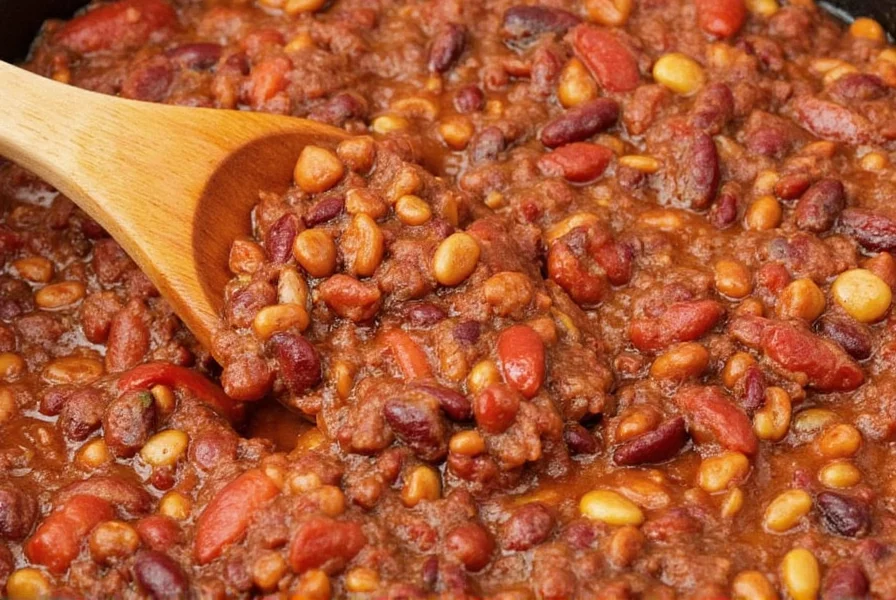
Spice Buying Guide: How to Choose Premium Ingredients
Selecting high-quality spices ensures optimal flavor and health benefits. Follow these evidence-based guidelines:
1. Freshness Is Critical
Spices lose potency within 6-12 months. Check expiration dates and buy small quantities. Whole spices last 3-4 years; ground spices maintain peak flavor for 2-3 years (USDA data). A simple test: rub a pinch between fingers—if aroma is weak, replace it.
2. Prioritize Whole Spices
Whole spices like cumin seeds, cinnamon sticks, and cardamom pods retain volatile oils longer. Grind them fresh using a dedicated spice grinder for maximum flavor. This preserves 40% more aroma compounds than pre-ground versions (Journal of Food Science).
3. Source Reputable Brands
Choose brands with transparent sourcing and third-party testing. Look for certifications like USDA Organic or Fair Trade. Avoid generic store brands that may contain fillers or artificial additives. Specialty spice shops often provide traceable origins.
4. Inspect Packaging
Spices must be in opaque, airtight containers to protect from light and moisture. Glass jars with tight seals are ideal. Avoid loose bins or damaged packaging. Store away from stoves, windows, or humid areas.
5. Match to Your Cooking Style
Build your collection based on your cuisine preferences. For Indian cooking, prioritize turmeric, garam masala, and fenugreek. For Mediterranean dishes, focus on oregano, sumac, and za'atar. Start with versatile basics before expanding.
6. Verify Purity
Read labels carefully. Pure spices should list only one ingredient. Avoid blends with anti-caking agents (like silicon dioxide) or added salt. For saffron, check for threads (not powder) to prevent adulteration.
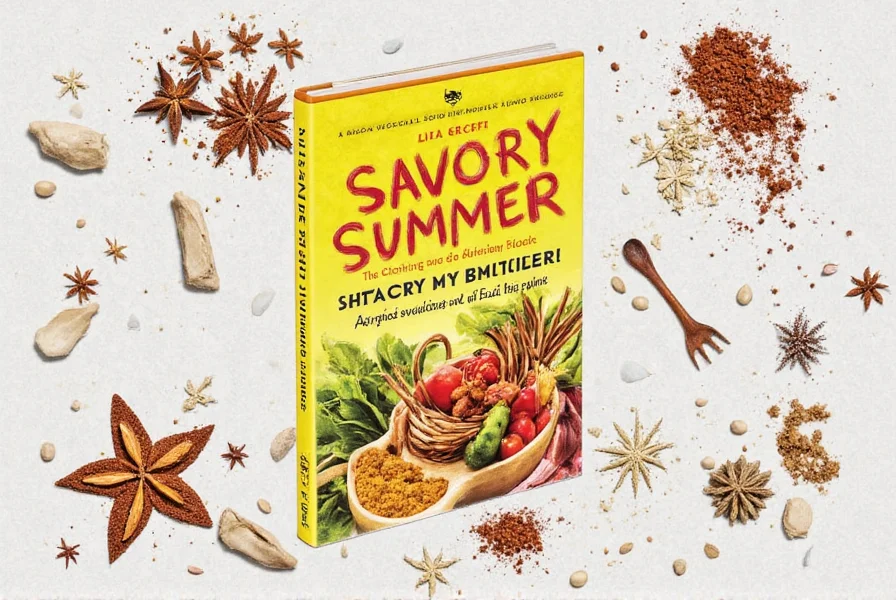
Cooking with Spices: Expert Tips for Beginners
Mastering spice usage elevates cooking from basic to exceptional. These science-backed techniques deliver maximum flavor:
Tip 1: Start Small, Taste Often
Spices intensify during cooking. Begin with 1/4 teaspoon per serving, then adjust. For example, in chili, add cayenne incrementally to avoid overpowering heat. Remember: you can add more, but you can't remove excess.
Tip 2: Toast Whole Spices Properly
Toast cumin, coriander, or fennel seeds in a dry pan over medium heat for 2-3 minutes until fragrant. This releases essential oils and enhances flavor by 30-50% (Food Chemistry journal). Cool completely before grinding.
Tip 3: Use Strategic Combinations
Traditional blends exist for harmony. Cumin + coriander (Indian curries), cinnamon + nutmeg (baking), and garlic powder + paprika (BBQ rubs) create balanced profiles. Avoid mixing more than 3-4 spices per dish to prevent muddiness.
Tip 4: Pair with Complementary Ingredients
Spices work synergistically with other elements. Add black pepper to turmeric to boost curcumin absorption by 2,000% (Journal of Alternative and Complementary Medicine). Pair acidic ingredients (lemon, vinegar) with sweet spices like cinnamon for balance.
Tip 5: Store Correctly for Longevity
Keep spices in dark glass jars in a cool, dry cabinet—never above the stove. Replace ground spices every 18 months, whole spices every 3 years. Freeze saffron and chili powders for extended freshness. Label containers with purchase dates.
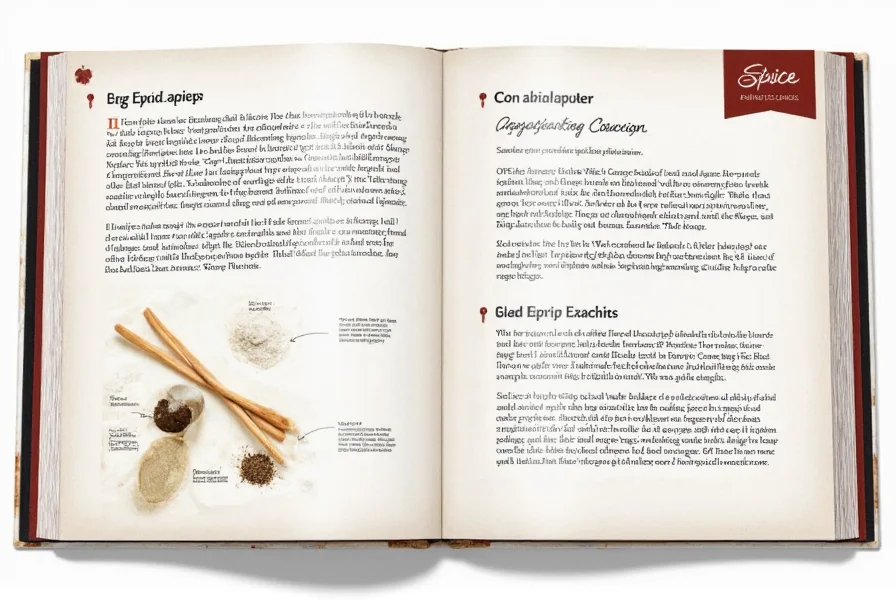
Frequently Asked Questions
What are the most essential spice ingredients for beginners?
For beginners, the most essential spice ingredients are cumin, garlic powder, black pepper, paprika, and cinnamon. These provide maximum versatility across cuisines. Cumin adds earthy depth to Mexican and Indian dishes, garlic powder enhances savory flavors without fresh garlic prep, black pepper is universally applicable, paprika delivers color and mild smokiness, and cinnamon works in both sweet and savory applications. These five form the foundation for 80% of global recipes.
How do I properly store spice ingredients to maintain freshness?
Store spice ingredients in airtight, opaque glass containers away from heat, light, and moisture. Ideal locations are dark cabinets—not above stoves where temperature fluctuates. Whole spices last 3-4 years; ground spices maintain potency for 2-3 years (USDA guidelines). To maximize freshness: buy small quantities, grind whole spices as needed, and freeze high-value spices like saffron. Test potency by rubbing a pinch between fingers—if aroma is weak, replace it.
What's the difference between herbs and spice ingredients?
Herbs come from the leafy parts of plants (basil, oregano, cilantro) and are typically used fresh or dried. Spice ingredients originate from non-leafy plant parts: seeds (cumin), bark (cinnamon), roots (ginger), flowers (saffron), or fruits (allspice). Herbs provide bright, fresh notes ideal for finishing dishes, while spices deliver concentrated, robust flavors that withstand cooking heat. This fundamental difference affects storage, usage, and flavor profiles in recipes.
How can I tell if my spice ingredients have gone bad?
Spice ingredients don't spoil but lose potency over time. Signs include faded color, weak aroma when opened, and dishes lacking vibrancy. Test by rubbing a small amount between your fingers—if the scent is faint or absent, it's time to replace. Ground spices typically last 2-3 years; whole spices remain potent for 3-4 years. For accuracy, note purchase dates on containers and replace annually for best results.
Which spice ingredients work well together in cooking?
Classic spice combinations include: cumin and coriander (Indian and Middle Eastern dishes), cinnamon and nutmeg (baking and warm beverages), cumin and chili powder (Mexican cuisine), and garlic powder with paprika (for rubs and marinades). Traditional blends like garam masala (cinnamon, cardamom, cloves), Chinese five-spice (star anise, fennel, cloves), and za'atar (thyme, sesame, sumac) exist because these spices complement each other perfectly. Start with one blend before experimenting with custom mixes.
What are the health benefits of common spice ingredients?
Many spice ingredients offer science-backed health benefits. Turmeric contains curcumin, which has anti-inflammatory properties (National Institutes of Health). Cinnamon may help regulate blood sugar (American Diabetes Association). Ginger aids digestion and reduces nausea (Mayo Clinic). Garlic has cardiovascular benefits through allicin compounds. Black pepper enhances nutrient absorption. While not replacements for medicine, incorporating diverse spices into your diet supports overall wellness as part of a balanced nutrition plan.
Conclusion
Spice ingredients are the cornerstone of global culinary traditions, transforming simple ingredients into extraordinary dishes. By understanding their origins, mastering selection and storage techniques, and applying strategic usage methods, you unlock endless flavor possibilities. Whether preparing a quick weeknight meal or an elaborate feast, these dried plant wonders deliver consistent, science-backed results. Start with the top 10 essentials, experiment with combinations, and let your kitchen become a world of taste exploration.
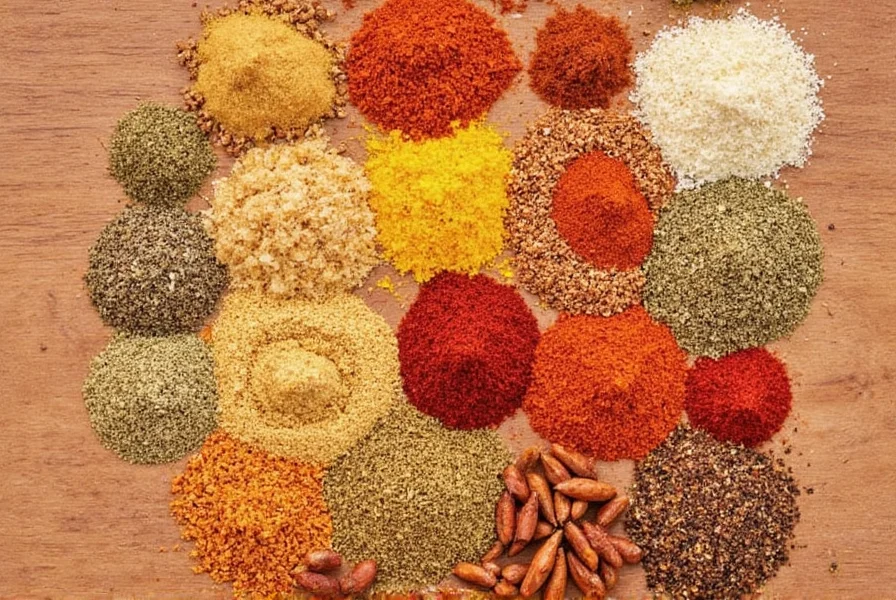
Remember: The difference between good and great cooking often lies in the spices. With proper knowledge and practice, even basic dishes can achieve restaurant-quality complexity.

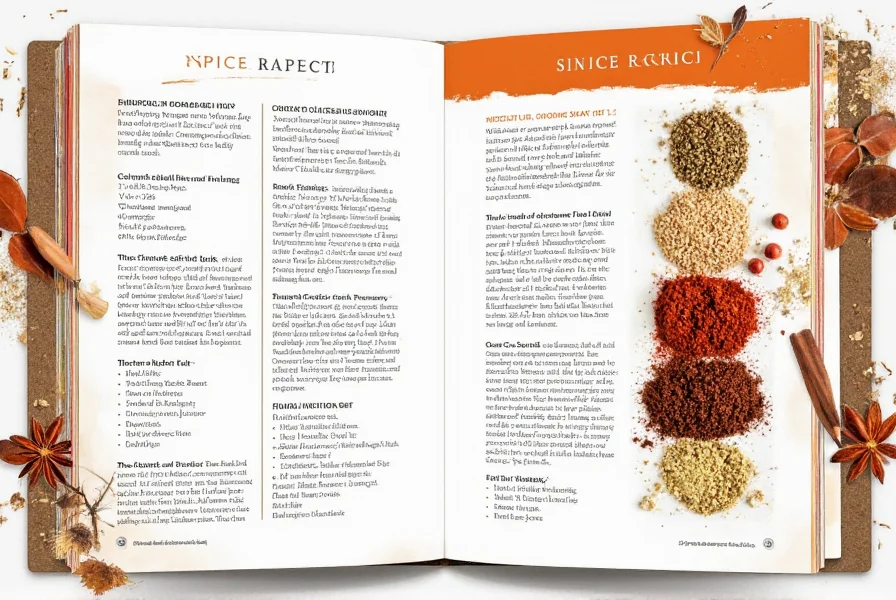









 浙公网安备
33010002000092号
浙公网安备
33010002000092号 浙B2-20120091-4
浙B2-20120091-4